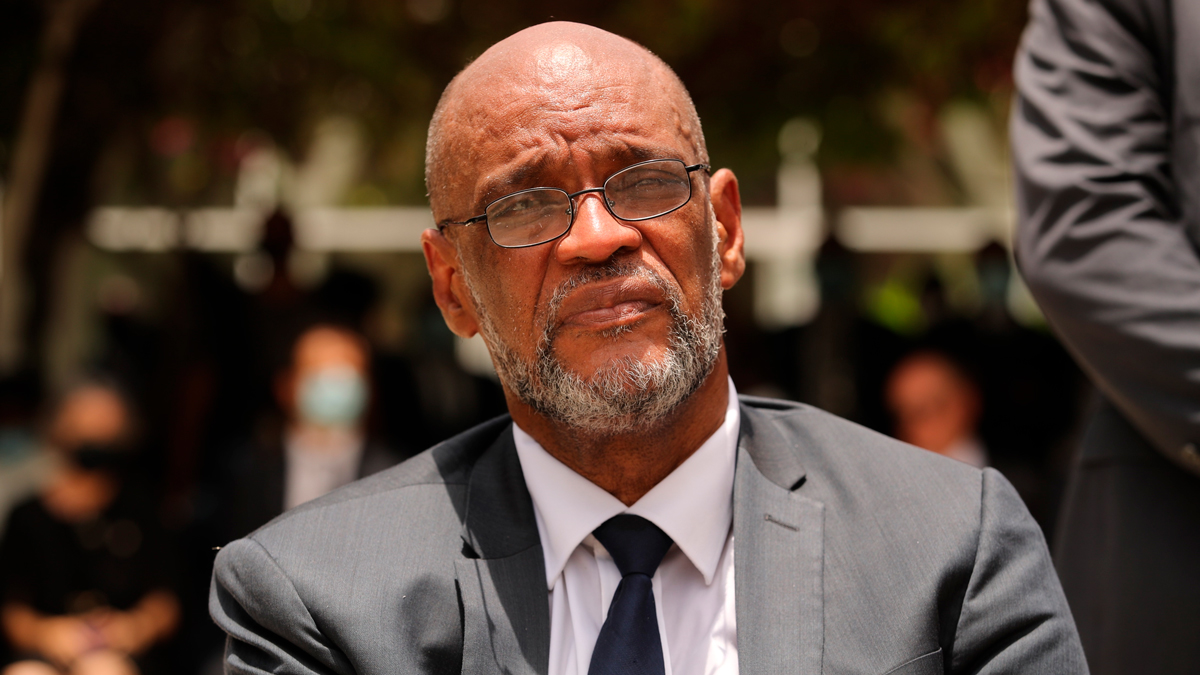Too many preschoolers with ADHD still are being put on drugs right away, before behavior therapy is tried, health officials say.
The Centers for Disease Control and Prevention reported Tuesday that three in four young kids diagnosed with attention deficit hyperactivity disorder are put on medicines. New CDC data shows that's continued, even after research found behavior therapy is as effective and doesn't give children stomach aches, sleep problems or other drug side effects.
Why? Health insurance coverage for behavior therapy may vary from state to state and company to company. And in some areas, therapists are in short supply, some experts said.
On Tuesday, CDC officials doubled down on its previous recommendations, calling on doctors and families to try behavior therapy first.
ADHD makes it hard for kids to pay attention and control impulsive behavior. More than 6 million U.S. children have been diagnosed with it.
"By the time a parent comes to meet with me, they are tired and worried," Dr. Georgina Peacock, a CDC developmental pediatrician who works with ADHD families. "They are concerned their child might jump down a flight of stairs, that the child could get lost in a grocery store, or that the child could be kicked out of preschool."
There's no blood test for ADHD. Diagnosis is a matter of expert opinion.
U.S. & World
News from around the country and around the globe
Studies have shown medications like ritalin help older children with ADHD. That success has fed a trend to treat younger kids the same way, but there's been less study of how effective and safe the drugs are for preschoolers.
In behavior therapy, a therapist trains parents — commonly over eight or more sessions — how to guide a child's behavior through praise, communication, routine and consistent discipline. However, it can take longer and demand more of parents.
In its new analysis, the CDC looked at insurance claims data for children ages 2 to 5. About a third of ADHD diagnoses in children are made by age 6, and many of those children have more pronounced symptoms.
The CDC found 75 percent of the children were on medicine. That was true both of Medicaid-covered children in low-income families, and kids covered by private insurance.
In contrast, only around half of children had received psychological services that might include behavior therapy training, the CDC found.



